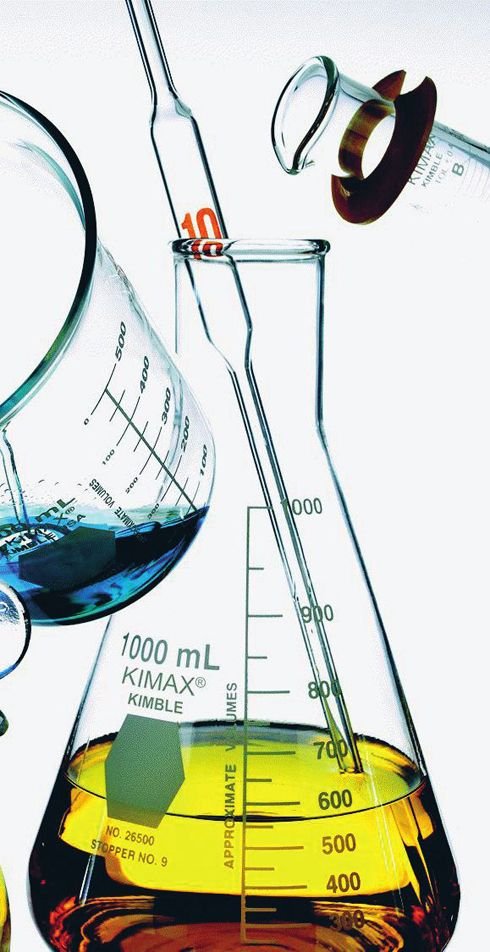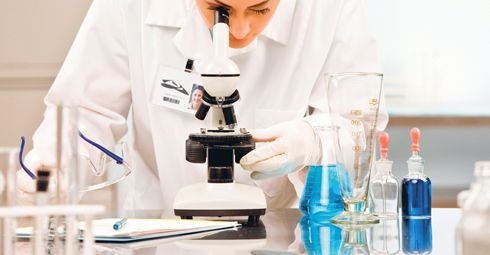Nanotechnology is a phrase that has become familiar recently.
1. What are nanoparticles?
When you have studied chemistry and physics in high school, you probably know that nano is a prefix to describe an object with a size or weight 10-9 (one billionth) times smaller than another object.
Suppose you have a house with a width of 10 meters, the diameter of your hair is 1/100,000 times the width of the house.
A raindrop has a diameter of 2.5 millimeters.
While the first example is only illustrative, to help you easily visualize, the second example is one of the beneficial properties of nanotechnology for biological applications related to humans.
2. What is nanotechnology?
Nanotechnology is an advanced field of science that includes the design, characterization, manufacturing and application of structures, devices and systems by controlling shape and size at the nanometer scale, with a range of
When a molecule is at the nanoscale, some of the properties of that molecule become changed and some new properties also develop.

3. Applications of nanotechnology in cosmetics
Nano zinc oxide and titanium dioxide: These are two familiar and very effective ingredients in sunscreen, but these two metal oxides often have a milky white color when applied to the skin.
Nano gold and nano silver: Nano silver is very famous for its high antibacterial properties and has long been added to expensive medical masks.
Buckminsterfullerene: This carbon 60 ball-shaped structure is a classic in the history of nanotechnology.
Liposomes: Are spherical structures with a waterproof phospholipid membrane on the outside and a nucleus containing a liquid solution inside, liposomes are effective transport `shuttles`.
Nanoemulsion: Temporarily called nanoemulsion, nanoemulsion particles are a particle-in-particle structure.
Nanocapsule: Nanocapsules are extremely small particles made of polymer that contain liquid and oil inside.
Hydrogel: A common ingredient in some Korean and Japanese skin care products, hydrogel is a three-dimensional hydrophilic polymer network that can expand in water or biological solutions.
4. Nanotechnology for cosmetics: Good or bad?
About 10 years ago, nanotechnology seemed like just an ephemeral thought in science fiction stories.
A huge benefit of nanotechnology is its ability to help key ingredients with anti-aging and antioxidant properties penetrate deeper into the skin.
Additionally, some ingredients that are heat-stable or easily decomposed in sunlight will perform better when coated in nano form.
Although it holds many bright promises, nanotechnology is not completely harmless.
Nanotechnology is an advanced field of science that is of great importance to the future of humanity.
—
see more
Multi-purpose cosmetics: New trend of the year
Super luxury cosmetics, who are you?
Effective and safe beauty cosmetics


